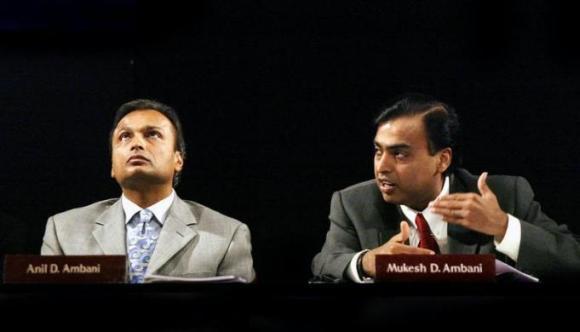
The Rs 1,200 crore (Rs 12 billion) deal between Anil Ambani's 2G and 3G service provider Reliance Communications and Mukesh Ambani's fledgling 4G services company Reliance Jio for sharing a fibre-optic network says it all.
The days of voice-revenue growth based on an unprecedented increase in new subscribers and low tariffs are over.
If telecom businesses need to grow, they need to look at other ways of expanding revenue rather than relying on the average Indian's propensity to talk.
With net subscriber additions, month on month, sliding into negative zone, the number of wireless subscribers in the country has actually shrunk around 8 per cent from 934 million in June last year to 862 million in January, according to the Telecom Regulatory Authority of India (Trai) data.
...

Dissect the numbers and the data looks even more worrisome. Telcos point out that of the 862 million SIM (subscriber identification module) users or connections, only 708 million are "active" (i.e. the card is used to make a call once in 60 days).
The rest generate no revenue, and operators are cleaning them up from their systems. But even this number is illusory, they point out.
The "real" number of subscribers is around 550 million, because telcos reckon a fifth of the active subscribers have multiple SIMs, which the Trai figures do not capture.
Affordable tariffs have spurred mobile teledensity - now over 70 per cent countrywide and over 140 per cent in urban India.
This means everyone has more than one SIM. So, the potential of growing revenues through additions in new subscribers is limited.
...

Telcos expect to add only about 250 million new subscribers in the next three to five years, a far cry from the 100 million-plus annual addition at the height of the telecom boom in 2007.
That simply means that with five to six operators surviving after the recent consolidation, none of them can expect to add more than 40-50 million customers.
Clearly, revenue growth cannot come from increasing the subscriber base alone but from getting more revenues from existing subscribers.
Indians spend over 11 minutes every day on the mobile, which compares with the global average.
With tariffs rising at least 20 to 25 per cent in the last few months, there is no reason to believe that they will spend more.
...
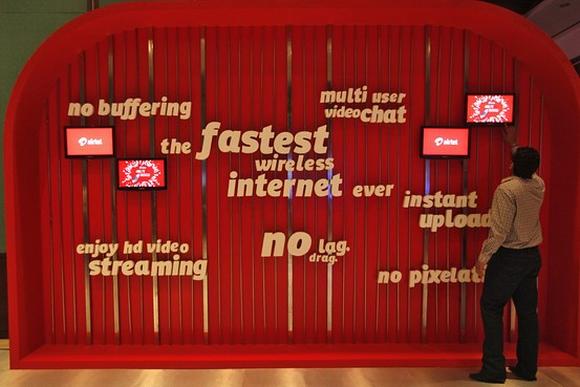
The strategy telcos appear to have hit on is shifting focus from expanding their subscriber base to expanding the base of SIM cards, that is, encouraging customers to use multiple SIM cards for different uses so that they increase the share of their wallet in communications and provide incremental revenue.
Thus, for example, a subscriber can have one SIM card for voice, another for a dongle (the hardware device that plugs into a computer's USB port), and another in the car for GPS navigation.
That does not mean that subscribers will jettison the mobile phone for voice as well as data. But consumer research is increasingly pointing towards alternative modes for data.
For instance, data usage on mobile phones with relatively small screens for downloading movies, streaming videos and channels and playing live multi-player games is limited.
But it is these applications, which are best done on a larger-screen personal computer or a tablet, that will need a large amount of data and will generate the revenues for telcos.
...

That also explains why 3G and 4G operators are concentrating on selling dongles rather than mobile phones (indeed, 4G LTE-powered mobile phones with voice at price points below Rs 5,000 might not be a reality before 2015 or even later).
The signs of customers going in for multiple SIMs are already in evidence, though this buying behaviour is not necessarily revenue-friendly.
That's because multiple SIMs are being used by customers not to spend more but to juggle between competing telcos so that they can get the lowest tariffs (one might offer the lowest tariff at night, the other in the afternoon, another on text messages, and so on).
Obviously, telcos want data to be the biggest driver for multiple SIMs not only to improve revenues but also margins.
For one, part of the revenue in a voice call has to be shared with a competing telco as termination charges; in data, the entire revenue accrues to the originating telco because there is no sharing involved.
...
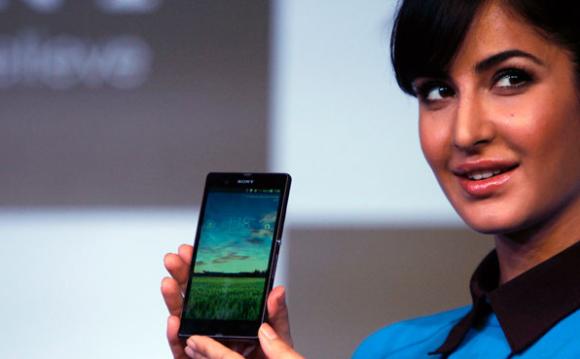
Industry experts say this substantially improves overall margins - 60 to 70 per cent in data compared with 30 per cent in voice.
The second advantage is based on global trends. Data-usage customers have a higher Arpu (average revenue per user) than that from voice customers, so it improves overall revenues.
Voice Arpus are typically less than Rs 90 a month, whereas the average Arpu of a dongle user can be double that.
That is why analysts like HDFC Securities predict that data revenue will go up to 18 per cent of overall telecom revenue from 6 per cent currently.
It also forecasts that it will contribute to a substantial 30 per cent of incremental revenue of telcos.
...
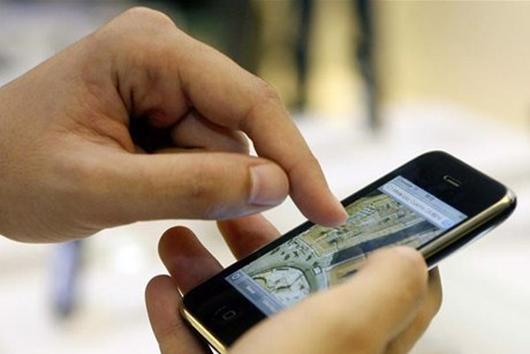
But there are serious challenges to meet these objectives, the most important one being price. At an average of Rs 1,000 a month roughly for 10 GB of 3G services, data offerings are very expensive.
With the capacity on offer you could, for instance, end up forking out over Rs 500 to see a single film of high-definition quality - you would spend less watching it in a movie hall.
Looked at another way you could also watch half-an-hour of a news channel every day for a month on 10 GB.
That's steep, too, since you can get to see more than 100 channels on TV on the cable network for half that price.
Also, 3G operators are constrained by the fact that they have only 5 MHz of spectrum at their disposal under the current telecom policy, so there is no way they can push more capacity for customers or give them unlimited offerings.
...
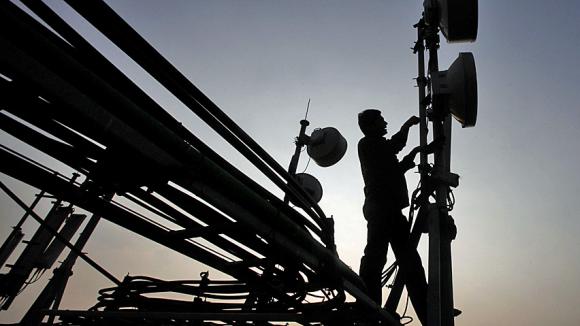
For a real data-explosion, telcos will need more spectrum, and tariffs will have to move down dramatically.
Whether 4G LTE, where operators have 20 Mhz of spectrum, will be able to fill in this demand is a question that everyone is asking.
To be sure, this is only the tip of the data revolution. Even bigger revenues can come from the untapped area of machine-to-machine communications - the direction-giving GPS on cars is one example, but there's also such service as uploading an electric meter reading, for instance, or downloading a net recipe via your microwave oven.
For the present, however, telcos will be happy if more subscribers want to watch more movies rather than talk on the mobile.